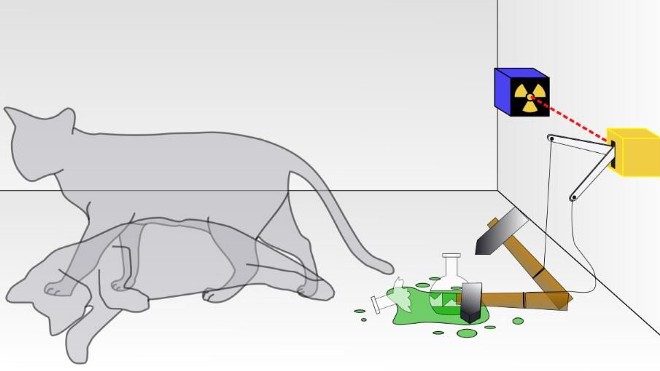How to Solve a Problem Creatively

What’s the Puzzle?
Imagine you have two metal rings, a candle and a match. Your task is to connect the rings to make a figure 8. Melted wax is sticky and bonds to objects when dry but not strong enough to hold the rings together. Stumped? The solution is the wick. In other words, a string. By melting the wax around the wick, it can be used to tie the rings together. Arriving at this solution requires you think differently about the purpose of a wick, a name which implies a candle-related function. Psychologists say there is a two-step solution to arriving a creative answers like this.
What’s the Solution?
A common obstacle to creativity is called ‘functional fixedness’, says U of Mass Psychology PhD Tony McCaffrey. Limiting the function of a wick to burning candle wax, for example. To overcome ingrained limitations in your thought, ask yourself the following questions for every object in your problem: 1. Can the object be broken down into more elementary parts? And the often over looked question: 2. Does my description of the part imply a use? By understanding the possible functions of the most elementary pieces to the puzzle, you can arrive at unconventional uses for problems that are constrained by conventional thinking.
Photo credit: shutterstock.com





